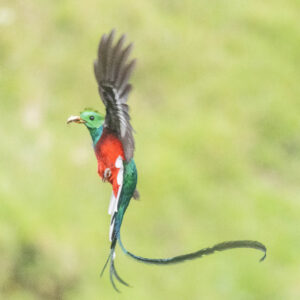
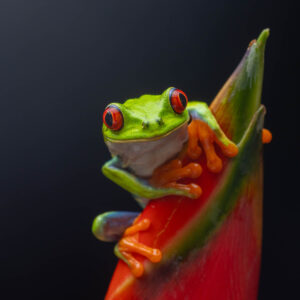
Back in 2020, Costa Rica was our first post COVID international trip. (here and here). But it had been 2-1/2 years since we were there and we were anxious to return. So we did a short 2 week visit in April. While the wildlife was similar, the travel experience was a very different. On our previous trip, we were one of the first tourists to visit the country, and while the flights were relatively full, the airports and lodges were not. This time, it was Easter week and the planes, the airports and the lodges were all very busy.
A major attraction of Costa Rica is their colorful birds. Among the most colorful are their hummingbirds, like this Fiery Throated Hummingbird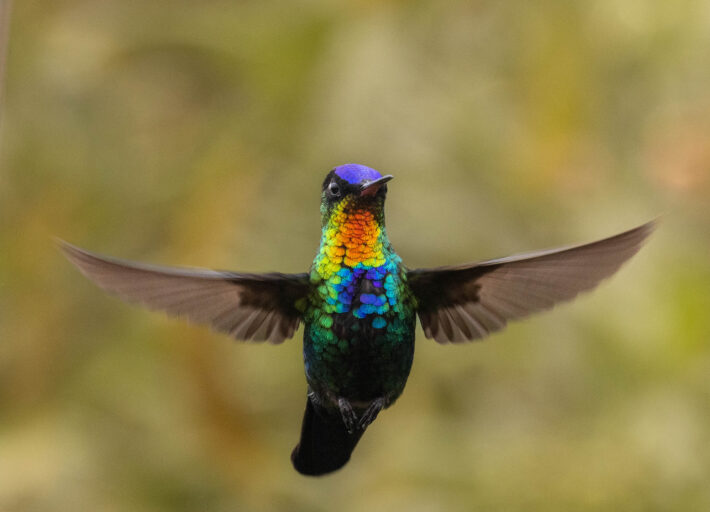
and Rufus tailed Hummingbird
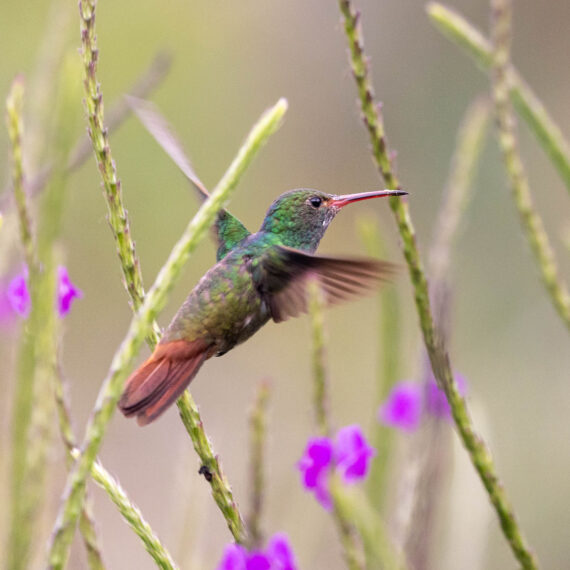
Even more colorful is this White necked Jacobin with its white tail spread (and yes we did get some brief rain showers):
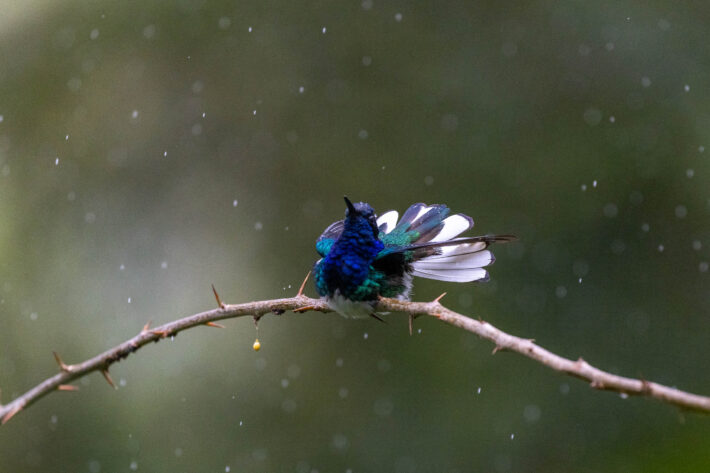
One of the most colorful birds, and a difficult one to find, is the Respondent Quetzal
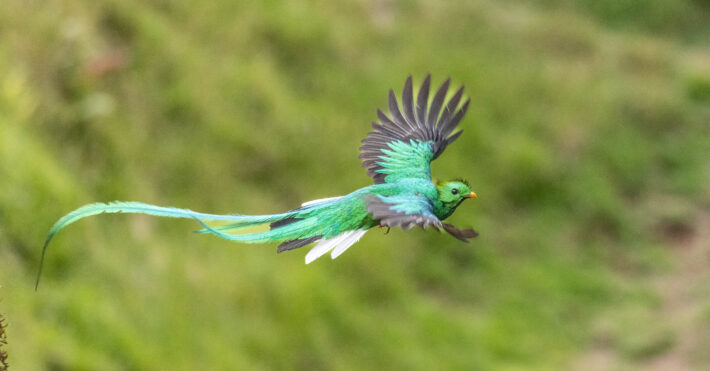
Central America is known for its colorful tropical birds so you would think the national birds of the area would reflect this. And they do. For example the Resplendent Quetzal is Guatemala’s and the Keel-billed Toucan is Belize’s (both these birds are also found in Costa Rica).

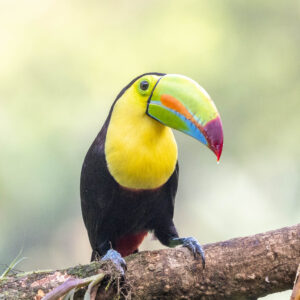
All countries that is except Costa Rica whose national bird is the Clay Colored Thrush
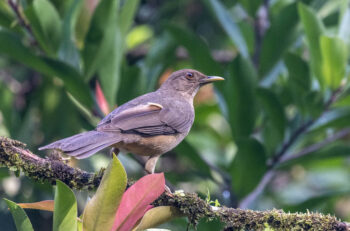
A handsome bird but certainly not colorful. The Costa Ricans took a different tack. The other countries national birds share some common traits – they are colorful and on the large size, but also not common and are harder to find. In contrast , the Clay Colored Thrush is medium sized and very common throughout Costa Rica. And just before the rains comes, it breaks into beautiful songs, timing which to an agricultural nation made the bird a sign of good things to come.
Birds are not the only colorful wildlife in Costa Rica. This red-eyed leaf frog also qualifies :
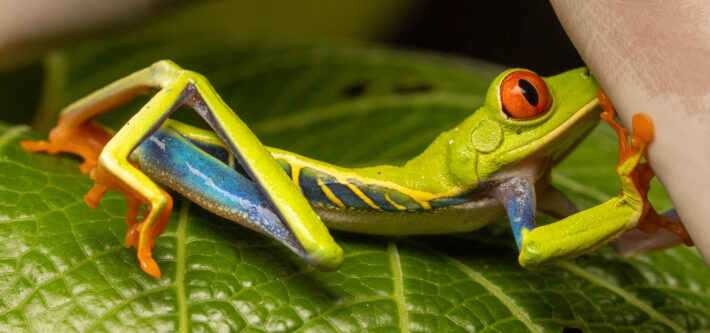
But sloths don’t. They are interesting for other reasons.
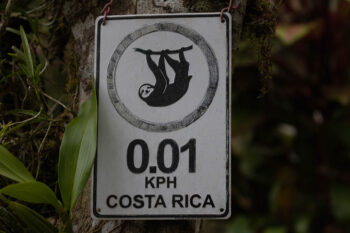 Sloths are some of the slowest and seemingly laziest creatures in the world. Instead of evolving to eat more, they seemed to have evolved to do less. They move through the canopy at a rate of about 40 yards per day, munching on leaves, twigs and buds. Sloths have an exceptionally low metabolic rate and spend 15 to 20 hours per day sleeping.
Sloths are some of the slowest and seemingly laziest creatures in the world. Instead of evolving to eat more, they seemed to have evolved to do less. They move through the canopy at a rate of about 40 yards per day, munching on leaves, twigs and buds. Sloths have an exceptionally low metabolic rate and spend 15 to 20 hours per day sleeping.
Usually when we see them they are up in a tree, and all you see is a brown blob, even if you see it at all. No face, just a bunch of hair and hard to tell what is.
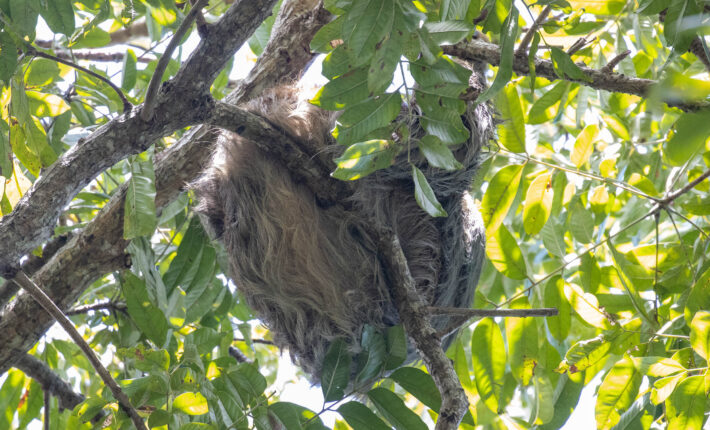
But we got lucky and found one who was looking at us
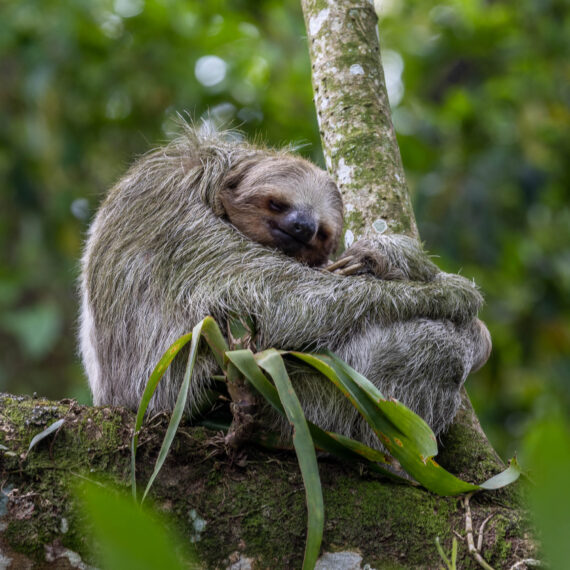
And even better he started to move.
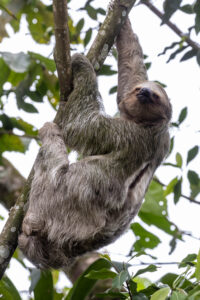
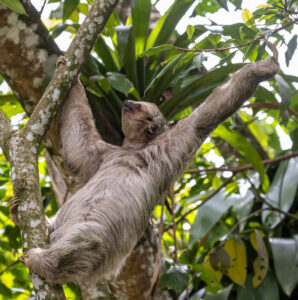
Here it is in full motion (this is not slow motion):
The sunbittern is another not so colorful wildlife. It is hardly worth taking a picture of. That is until it flys and shows off it strikingly patterned wings, which look more like a butterfly than a pretty bird.
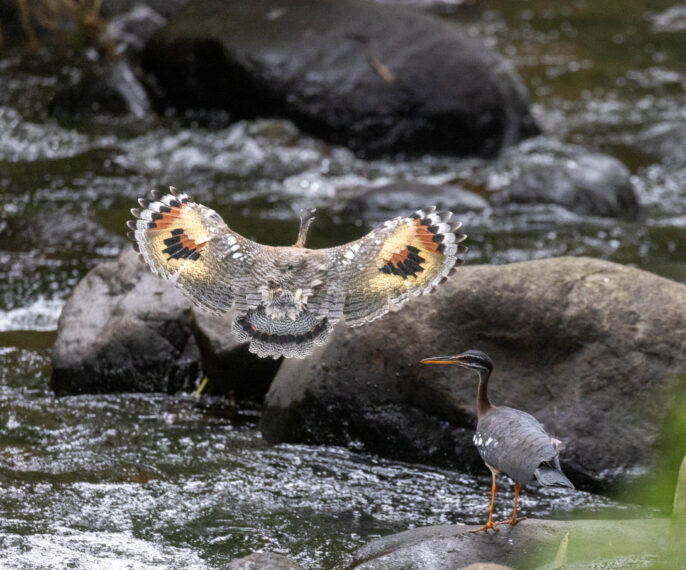
Other colorful Costa Rica birds include the Yellow-throated Toucan and Montezuma Oropendola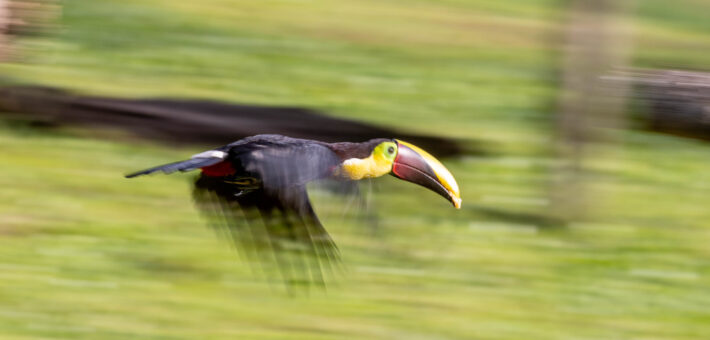
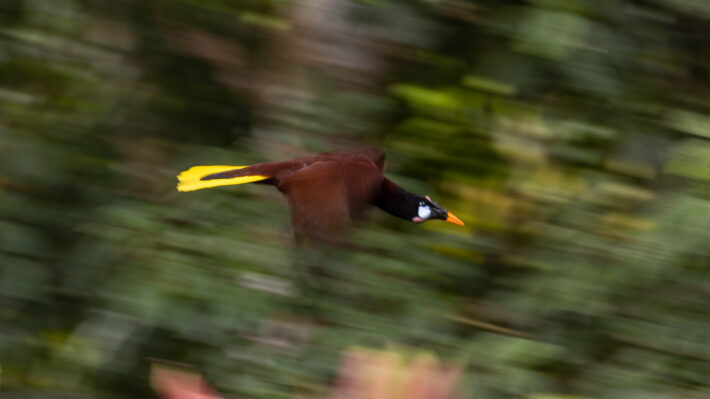
Heck, Costa Rica has so many colorful birds even their vultures are colorful, like this King Vulture
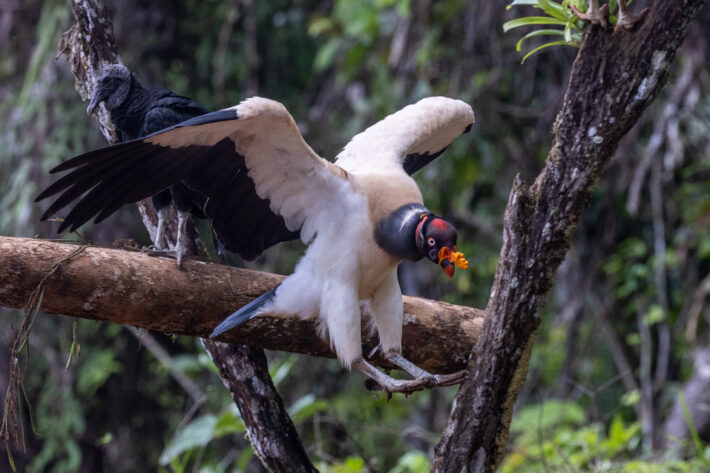
Keeping with our bird photography theme, our next trip is to Portugal and Spain to see what those two countries have to offer. While the birds probably won’t be as colorful, we are hoping the new ecosystems will provide many photo opportunties.